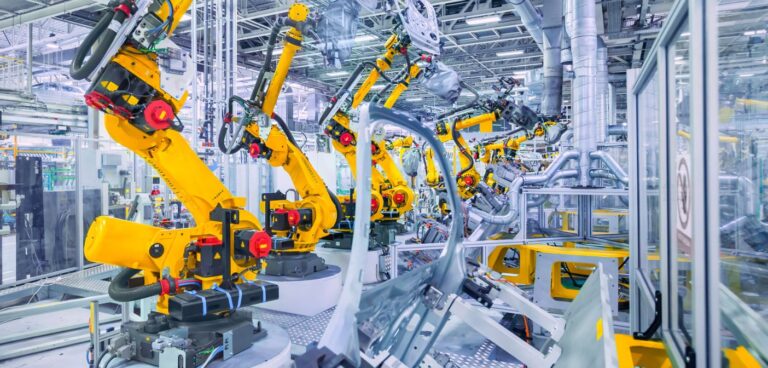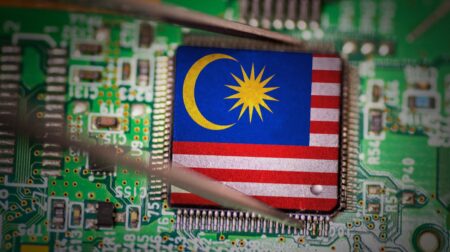China’s massive investment in industrial robotics has lead to it surpassing the US in terms of robot density, making it number five in the world, according to the International Federation of Robotics (IFR).
The number of industrial robots in operation in China, relative to the number of workers, hit 322 units per 10,000 employees in the manufacturing industry.
As a result, the US is no longer one the world´s top five most automated countries, with IFR figures from 2021 naming South Korea, Singapore, Japan, Germany and China as the most robot-dense.
What’s more, IFR reports that the world average of robot density has more than doubleed compared to six years ago, with 2015 seeing 69 units per 10,000.
“Robot density is a key indicator of automation adoption in the manufacturing industry around the world,” says Marina Bill, president of the International Federation of Robotics.
“The new average of global robot density in the manufacturing industry surged to 141 robots per 10,000 employees – more than double the number six years ago.
“China’s rapid growth shows the power of its investment so far, but it still has much opportunity to automate.”
Driven by the high volume of robot installations in recent years, Asia’s average robot density grew by 18% CAGR since 2016 to 156 units per 10,000 employees in 2021.
The organisations also claims European robot density has been growing at a CAGR of eight percent in the same period of time, reaching 129 units in 2021. In the Americas it reached 117 robots, according to IFR.
What’s more, the Republic of Korea has reportedly reached an all-time high of 1,000 industrial robots per 10,000 employees in 2021. This is more than three times the number reached in China and makes the country the number one worldwide.









